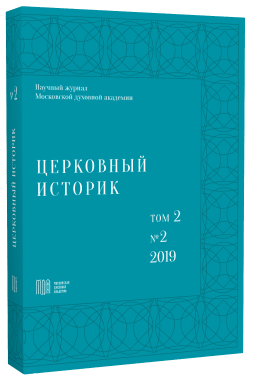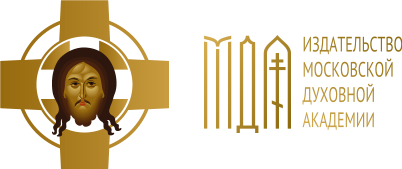Proselytising activity of the Greek Catholic Metropolis of Galicia on the canonical territory of the Russian Orthodox Church in the first quarter of the 20th century
DOI:
https://doi.org/10.31802/CHIST.2019.2.2.001Keywords:
Galician Greek Catholic archdiocese, archdiocese, proselytism, Russian Empire, Russian Orthodox Church, Russian Socialist Soviet Socialist Republic, Russian Federative Soviet Republic, Russian Exarchate of Eastern-Rite Catholics, Ukrainian Socialist Soviet RepublicAbstract
This article assesses the proselytizing activity of the Greek Catholic Metropolis of Galicia on the canonical territory of the Russian Orthodox Church in the first quarter of the 20th century. Metropolitan Andrey (Sheptytskyi), the first-hierarch of the Galician Uniates, for many years participated in the creation of illegal Greek Catholic structures in the Russian Empire. The collapse of the monarchical system and the political crisis of 1917 contributed to the Unitarians' temporary success: at that time the Russian Exarchate of Catholics of the Eastern rite was established and several Uniate parishes in Novorossia and Little Russia were founded. In the historical perspective, however, the beginning of the Soviet anti-religious campaigns completely negated all the results of the Unitarian activity on the territory of the Russian Socialist Federative Soviet Republic and the Ukrainian Socialist Soviet Republic. Translated with www.DeepL.com/Translator (free version)Downloads
References
Российский государственный архив социально-политической истории (РГАСПИ). Ф. 89 (Ярославский Емельян Михайлович (1878‑1943)). Оп. 4 (Документы о деятельности Ярославского). Д. 165.
Волконский П. М. Экзарх Леонид Федоров. Некролог // Логос. Брюссель; Москва, 1993. № 48. С. 10‑44.
Голованов С., свящ. Католическая Церковь и Россия [Электронный ресурс]. URL: http://yakov.works/libr_min/04_g/ol/ovanov_07.htm (дата обращения: 10.05.2019).
Залесский К. А. Кто был кто во Второй мировой войне. Союзники Германии. М.: Астрель, 2003. 492 с.
Любомир (Гузар), митр. Екуменічна місія Східних Католицьких Церков у баченні митрополита Андрея (Шептицького) // Ковчег. Науковий збірник із церковної історії. 2. Львів: Інститут Історії Церкви Львівської Богословської Академії, 2000. С. 189‑212.
Митрополит Андрей Шептицький і греко-католики в Росії. Документи і матеріали. 1899‑1917 / за ред. Ю. Аввакумова. У 2-х книгах. Кн. 1. Львів: Видавництво Українского Католицького Університету, 2004. 924 с.
Митрополит Андрей Шептицький у документах радянських органів державної безпеки (1839‑1944 рр.). Київ: Українська Видавнича Спілка. 480 с.
Митрополит Андрей Шептицький: Життя і діяльність. Документи і матеріали. 1899‑1944. Церква і церковна єдність / голов. ред. А. Кравчука. Т. 1. Львів: Свічадо, 1995. 522 с.
Петрушко В. И. К предполагаемой беатификации униатского митрополита Андрея Шептицкого // Ежегодная Богословская конференция Православного Свято-Тихоновского Богословского института: материалы, 1999. М.: Изд-во ПСТБИ, 1999. С. 374‑380.
Сапеляк А., єп. Київська Церква на слов’янському Сході. Канонічно-екуменічний аспект. Лвів: ГВС, 2002. 264 с.
Троицкий С. Православие, уния и католичество у славян и румын в Австро-Венгрии с приложением. Пг.: Синодальная типография, 1914. 96 с.
Ульяновський В. І. Церква в Українській Державі 1917‑1920 рр. (доба Української Центральної ради). Київ: Либідь, 1997. 200 с.
Шептицька (з Фредрів) С. Молодість і покликання о. Романа Шептицького. Львів, 2001. 148 c.







